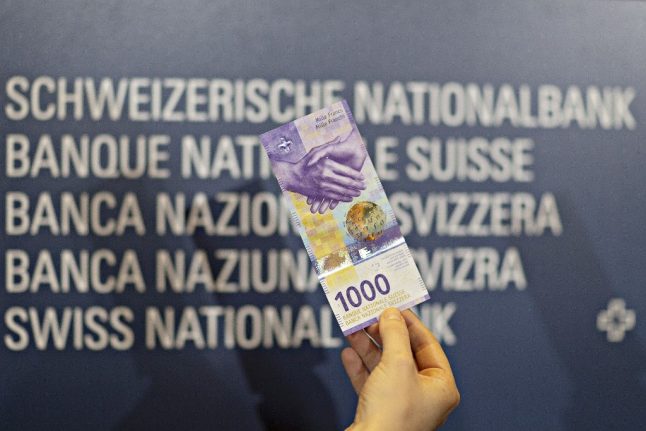"The combined monthly purchases of public and private sector securities will amount to €60 billion" Draghi told assembled journalists at a press conference in Frankfurt.
The bond-buying programme will continue "until we see a sustained adjustment in the path of inflation which is consistent with our aim of achieving inflation rates below, but close to, two percent", he added.
Spending €60 billion a month for that long would mean the bank injecting over €1.1 trillion into the region's sputtering economy.
The euro immediately dropped sharply against the US dollar on the news, to below $1.15 – its lowest since 2003 – in a sign that the programme was more aggressive than markets had been expecting.
The Swiss franc rose to 1.01126 euros, but slipped against the dollar after several days of advances.



 Please whitelist us to continue reading.
Please whitelist us to continue reading.